Mixed-Use Development at Greenpoint's Acme Fish Receives Tempered Community Board Approval
Greenpoint civic gurus gave their advisory nod of approval for developers to erect a contentious nine-story building on Gem Street, which will house a new factory for local fish purveyor Acme.

Rendering via Gensler
Greenpoint civic gurus gave their advisory nod of approval for developers to erect a contentious nine-story mixed-use building on Gem Street, which will house a new factory for local fish purveyor Acme — saying that, despite concerns of the building’s large size and “ugly design,” they want the manufacturer to stay in the area.
“Personally, I think it’s an incredibly ugly design, I think it’s very oppressive. On the other hand, I think that it will keep business and manufacturing here, it will provide at least for commercial space rather than force another enormous, huge, market-rate residence [to be built],” said Community Board 1’s Land Use Committee chair Del Teague at a marathon virtual meeting on Monday night.
Philadelphia-based developer Rubenstein Partners has joined forces with Acme to revamp the entire lot at Meserole Avenue into a sprawling stacked-blocks complex of offices, retail, and a brand new four-story manufacturing plant for the gilled-goods maker, for which the duo will need get a so-called spot rezoning.
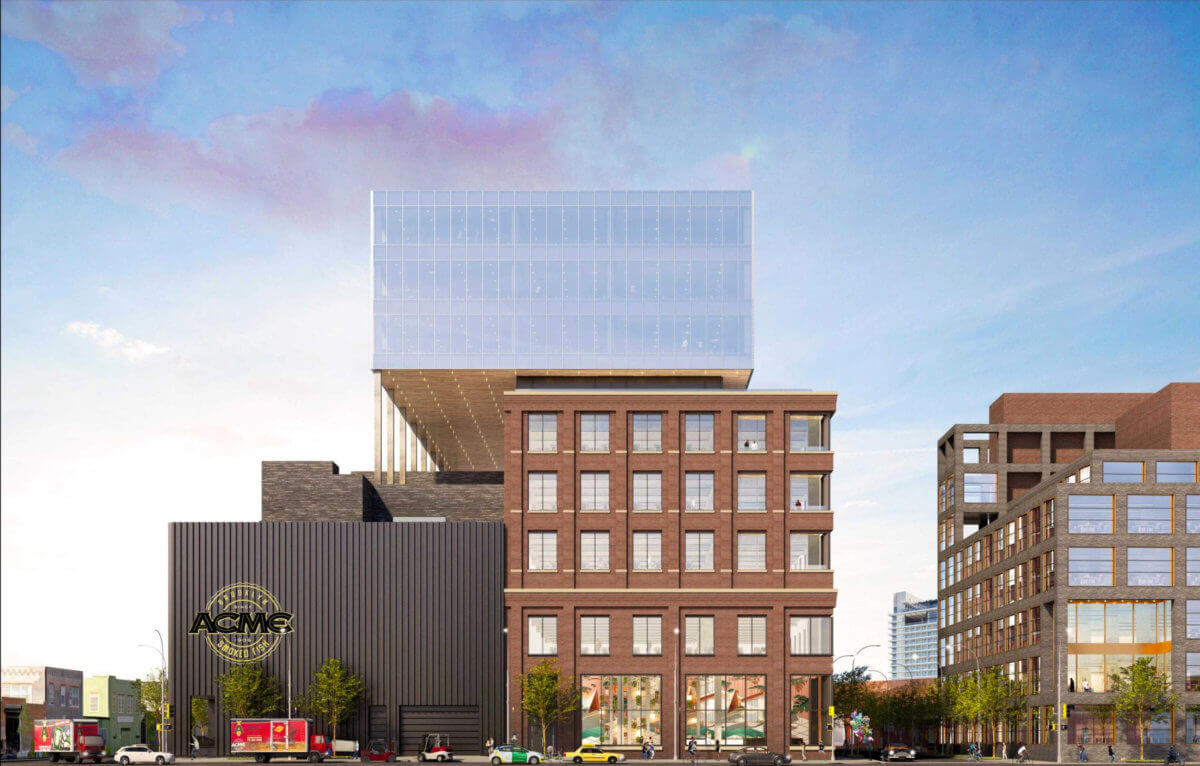
Both companies have started the city’s lengthy public review process to change the zoning to allow for the more than 633,000-square-foot campus, and pitched the development as cross-subsidizing an expansion of Acme with office and retail development, allowing the century-old company to stay in its Brooklyn home rather than expand elsewhere without the borough’s steep real estate prices.
“We want to find innovative ways — and we’ve been working with Acme for three years to find an innovative way to keep them — and there has to be a financially viable way to do that,” said Jeff Fronek, the director of acquisitions for New York at Rubenstein.
During a four-hour meeting on Dec. 7, committee members and members of the public argued the pros and cons of the land use changes, with one Acme employee testifying that the move would help keep her job — along with some 140 others — at the firm in the neighborhood.
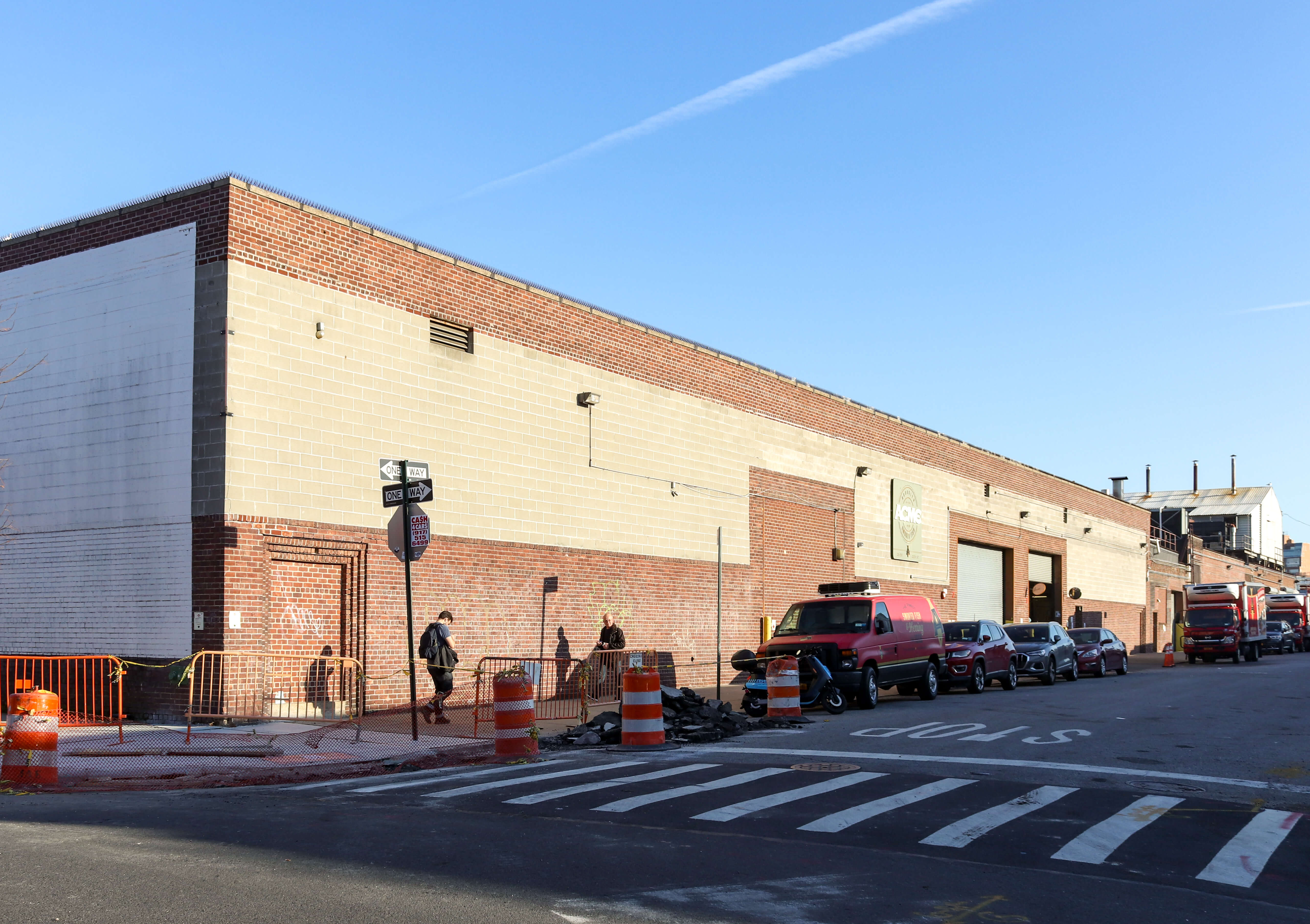
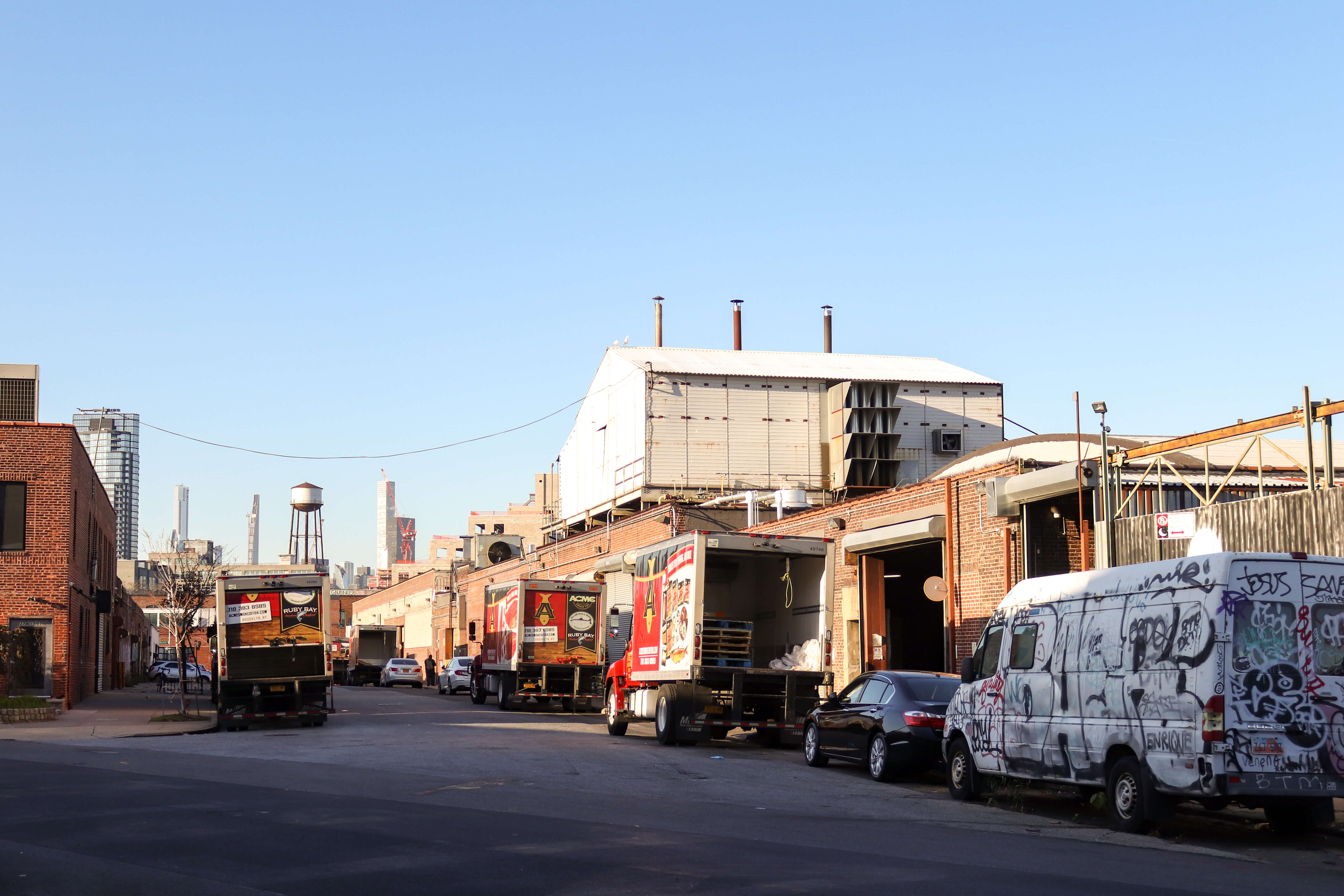
“Knowing that this project [will] go through gives me and my co-workers that reassurance that Acme isn’t going anywhere that we do have a future and that we will be part of the Acme history that’s been a part of Brooklyn and Greenpoint for so long,” said Miriam Kelly.
Founded in 1906, Acme has been a mainstay in Brooklyn, moving to its Gem Street location in 1954 and hawking its goods at its popular “Fish Friday” sale.
The company’s fourth-generation owner, Adam Caslow, said that Acme has been looking to expand its operations and overhaul its aged infrastructure, which dates back to the Dwight D. Eisenhower administration — but that Greenpoint has become too expensive to do that by themselves.
Rubenstein, the firm behind nearby 25 Kent — a similarly-sized building they completed last year — plans for a large development spanning the entire pentagonal lot, bounded by N. 15th, Gem, and Banker streets, along with Meserole and Wythe avenues.
Acme will have its own new 95,000 square-foot space, a roughly 20 percent expansion from its current facility, and the remaining 538,000 square feet will be offices and retail, along with 22,000 square-foot of open space, including a large pedestrian plaza with planters and seating at the corner of Wythe Avenue and N. 15th Street.
But some residents took issue with the overall project’s size, saying the 175-foot tall structure would overshadow the three-story row houses of the Greenpoint Historic District starting about a block-and-a-half away at Clifford Place and Calyer Street, as well as set a precedent for more big developments.
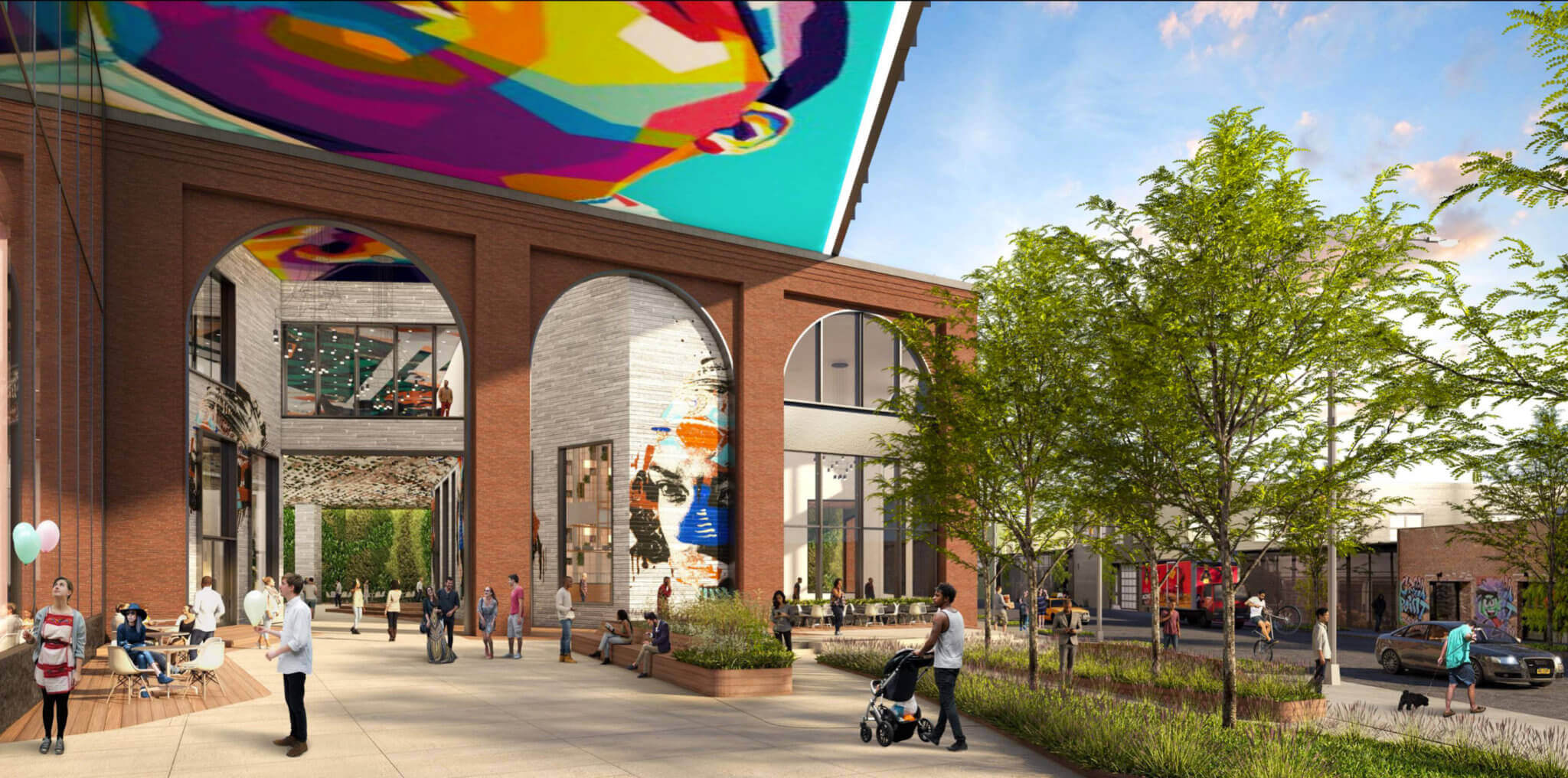
“It’s a monolithic presence that’s putting nine stories… that is going to dwarf everything,” said committee member Sante Miceli.
One local also raised the concern of the smells wafting up into the planned offices and other parts of the building, saying local sculptor Barry X Ball who owns a studio across Banker Street submitted a statement to the committee about the issue of industrial stenches there.
“He’s had severe issues with exhaust from the existing plant, where effects, you know, stinging eyes and almost unbearable to work,” said committee member Steve Chesler, relaying the artist’s testimony. “And I’ve also just heard anecdotally there’s people walking around the neighborhood as far as McCarren Park who have picked up the odor.”
Fronek, of Rubenstein, countered that most of the time there isn’t a smell outside the factory today, but that the upgrade of its 1950s-era facility will help reduce the fishy funk to a minimum.
“Obviously having an office building next door, that’s something that the perception or reality of odor is going to be really serious for our tenants as well,” the real estate guru said. “One of the key components of this has been to ensure that things like, the factory is air-tight, utilizing modern scrubbing equipment, venting through the roof, so we believe with a high degree of conviction that there won’t be any odor.”
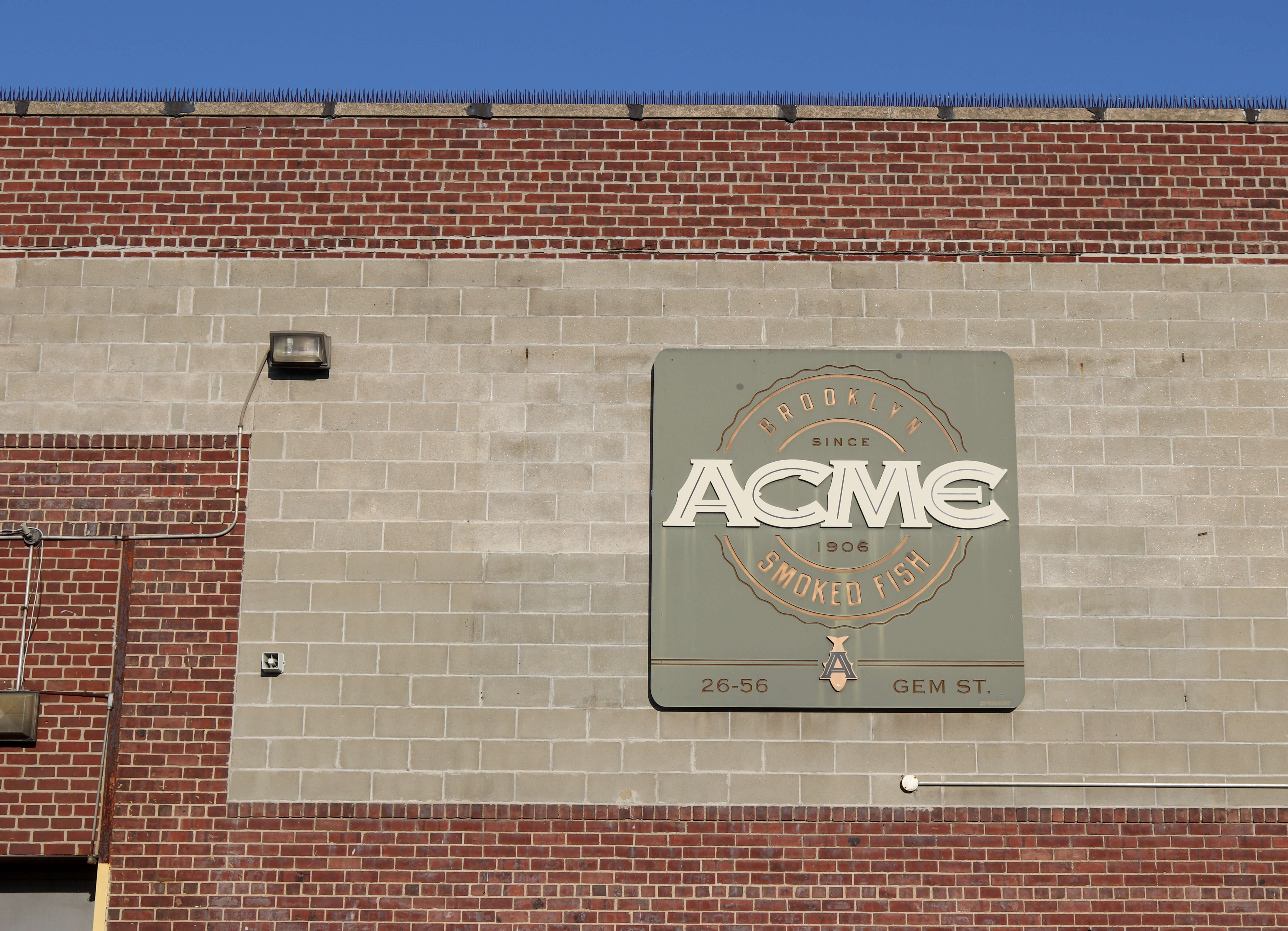
The civic panel hashed out a long list of conditions for their approval, including that builders install a state-of-the-art emissions control to handle the smells.
They also demanded that the developer adhere to the city’s Local Law 97 requiring developments of a certain size to cut carbon emissions by 40 percent by 2030, as well as retain stormwater on site, have a bird-friendly building, include a restriction that a hotel can’t be built there in the future, have no amplified music or bars on the rooftop, and set aside funds for local Bushwick Inlet Park.
The committee, which barely made quorum, gave its approval with six in favor, two against, and two recusals.
The full community board passed the approval Tuesday night with 23 votes in favor and 10 against, with one abstention and two recusals.
Borough President Eric Adams will hold his hearing on the matter on Dec. 21, according to a rep for the beep, and issue an advisory recommendation, before the proposal moves on for binding votes by the City Planning Commission and the City Council.
[Photos by Susan De Vries]
Editor’s note: A version of this story originally ran in Brooklyn Paper. Click here to see the original story.
Related Stories
- Bell Tower Gone as Controversial Alteration of 19th Century Williamsburg School Continues
- Controversial Rezoning for Windsor Terrace Development Gains City Council Support
- Rezoning Proposed for Southern Brooklyn’s Flood-Prone Coastal Neighborhoods
Sign up for amNY’s COVID-19 newsletter to stay up to date on the latest coronavirus news throughout New York City. Email tips@brownstoner.com with further comments, questions or tips. Follow Brownstoner on Twitter and Instagram, and like us on Facebook.


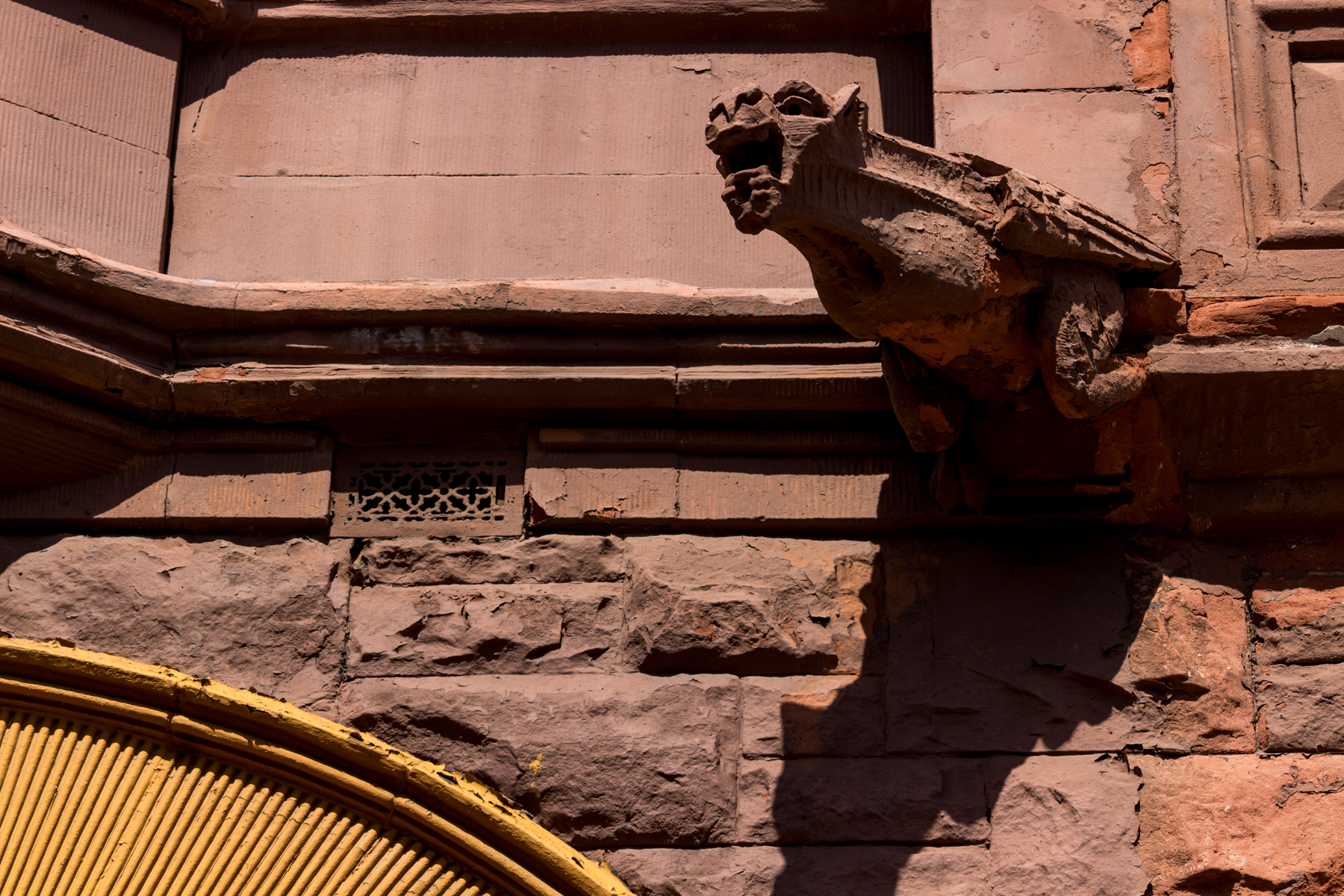
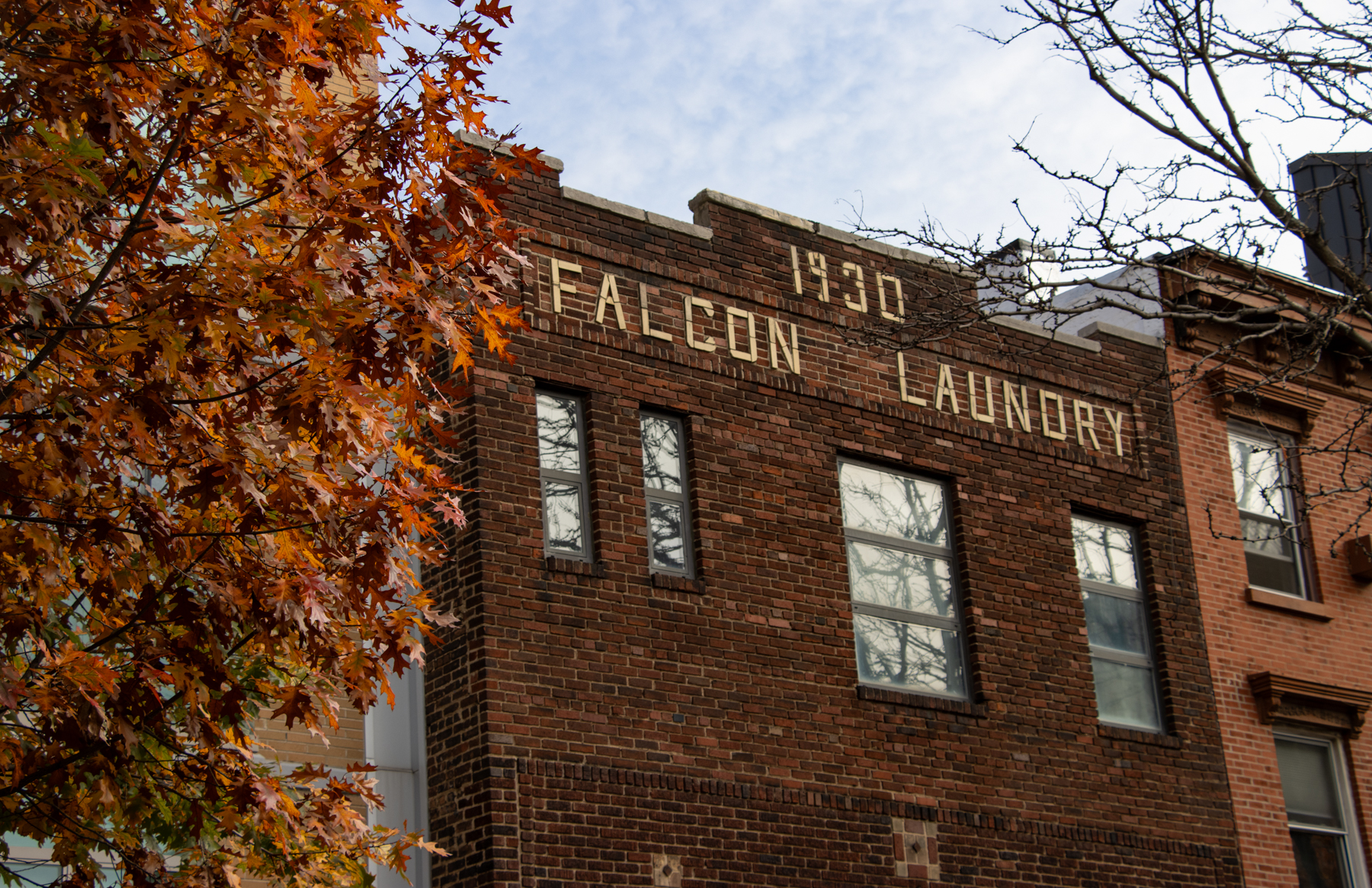

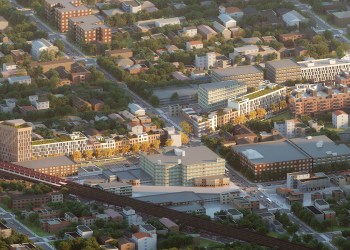



What's Your Take? Leave a Comment